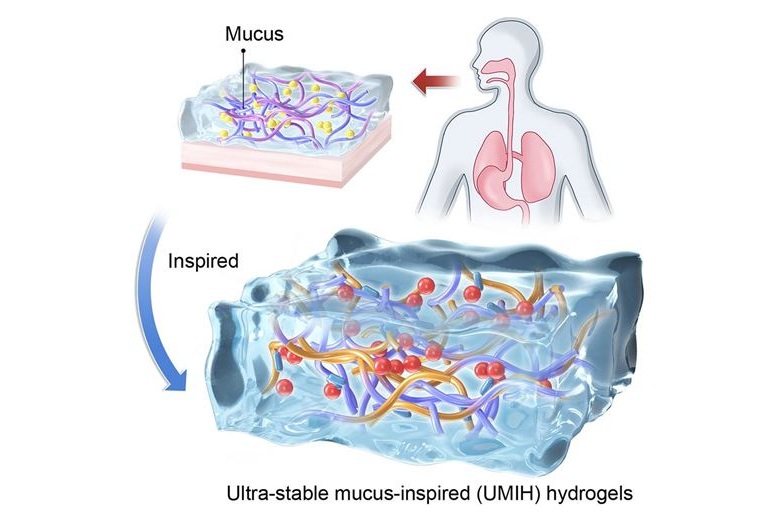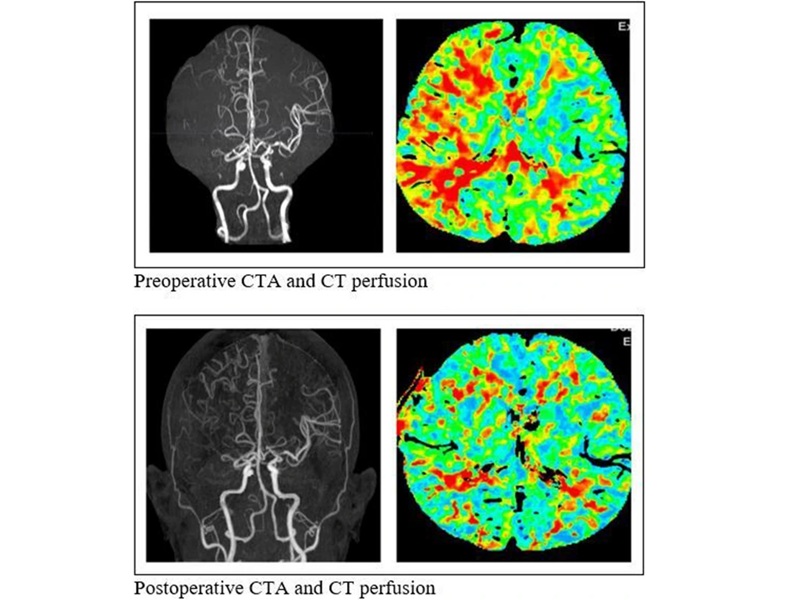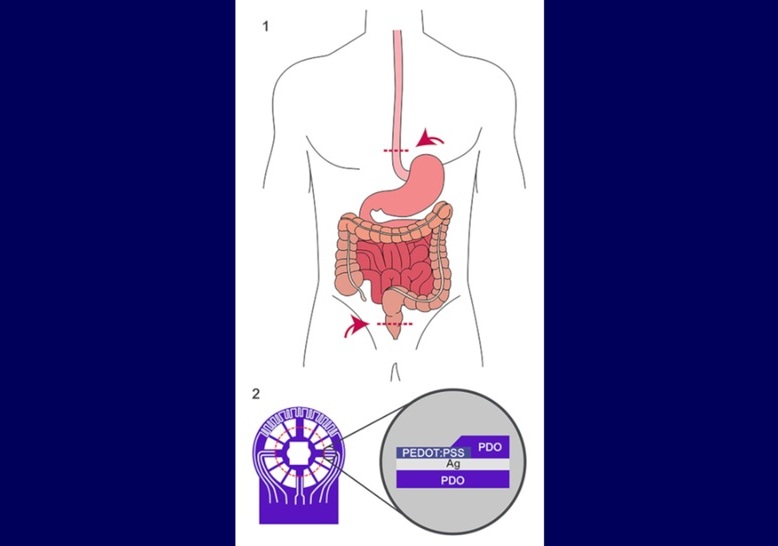HPV Vaccine Appears Safe in Early Pregnancy
|
By HospiMedica International staff writers Posted on 14 Apr 2017 |
A new study suggests that vaccination against human papillomavirus (HPV) during pregnancy does not increase the risk of maternal or fetal complications.
Researchers at the Danish Statens Serum Institut conducted a retrospective study of all women in Denmark who had a pregnancy that ended between October 1, 2006, and November 30, 2013. Using nationwide registers, the researchers linked data on quadrivalent HPV vaccination, adverse pregnancy outcomes, and potential confounders. Vaccinated women were matched on a 1:4 ratio with women who were not. Study outcomes included a range of gestational and newborn factors.
The results revealed 65 birth defects in vaccine-exposed pregnancies, compared to 220 in unexposed pregnancies; 20 spontaneous abortions with vaccine exposure versus 131 without; 116 preterm births versus 407; 76 cases of low birth weight versus 277; 171 cases of small size for gestational age versus 783; and two stillbirths versus four. Upon analysis, exposure to HPV vaccine was not associated with significantly higher risks for major birth defect, spontaneous abortion, preterm birth, low birth weight, small size for gestational age, or stillbirth. The study was published on March 30, 2017, in the New England Journal of Medicine (NEJM).
“Our results are consistent with other evidence that does not indicate that the vaccination of pregnant women with inactivated virus, bacterial, or toxoid vaccines generally confers a higher risk of adverse pregnancy outcomes than no such vaccination,” concluded lead author Nikolai Scheller, MD, and colleagues. “Our results also confirm and considerably expand on results from previous studies of the quadrivalent HPV vaccine.”
Introduced in 2006, the quadrivalent HPV vaccine covers the four viral strains most closely associated with gynecologic cancer (HPV-6, 11, 16, and 18). HPV types 6 and 11 also cause genital warts. As of 2014, 58 countries include HPV in their routine vaccinations for all girls around the ages of 9-13, and some countries vaccinate boys as well; the vaccines provide protection for at least eight years. Denmark also vaccinates women up to 26 years of age, and as a result some women are inadvertently exposed to HPV vaccination during early pregnancy.
Researchers at the Danish Statens Serum Institut conducted a retrospective study of all women in Denmark who had a pregnancy that ended between October 1, 2006, and November 30, 2013. Using nationwide registers, the researchers linked data on quadrivalent HPV vaccination, adverse pregnancy outcomes, and potential confounders. Vaccinated women were matched on a 1:4 ratio with women who were not. Study outcomes included a range of gestational and newborn factors.
The results revealed 65 birth defects in vaccine-exposed pregnancies, compared to 220 in unexposed pregnancies; 20 spontaneous abortions with vaccine exposure versus 131 without; 116 preterm births versus 407; 76 cases of low birth weight versus 277; 171 cases of small size for gestational age versus 783; and two stillbirths versus four. Upon analysis, exposure to HPV vaccine was not associated with significantly higher risks for major birth defect, spontaneous abortion, preterm birth, low birth weight, small size for gestational age, or stillbirth. The study was published on March 30, 2017, in the New England Journal of Medicine (NEJM).
“Our results are consistent with other evidence that does not indicate that the vaccination of pregnant women with inactivated virus, bacterial, or toxoid vaccines generally confers a higher risk of adverse pregnancy outcomes than no such vaccination,” concluded lead author Nikolai Scheller, MD, and colleagues. “Our results also confirm and considerably expand on results from previous studies of the quadrivalent HPV vaccine.”
Introduced in 2006, the quadrivalent HPV vaccine covers the four viral strains most closely associated with gynecologic cancer (HPV-6, 11, 16, and 18). HPV types 6 and 11 also cause genital warts. As of 2014, 58 countries include HPV in their routine vaccinations for all girls around the ages of 9-13, and some countries vaccinate boys as well; the vaccines provide protection for at least eight years. Denmark also vaccinates women up to 26 years of age, and as a result some women are inadvertently exposed to HPV vaccination during early pregnancy.
Latest Patient Care News
- Revolutionary Automatic IV-Line Flushing Device to Enhance Infusion Care
- VR Training Tool Combats Contamination of Portable Medical Equipment
- Portable Biosensor Platform to Reduce Hospital-Acquired Infections
- First-Of-Its-Kind Portable Germicidal Light Technology Disinfects High-Touch Clinical Surfaces in Seconds
- Surgical Capacity Optimization Solution Helps Hospitals Boost OR Utilization

- Game-Changing Innovation in Surgical Instrument Sterilization Significantly Improves OR Throughput
- Next Gen ICU Bed to Help Address Complex Critical Care Needs
- Groundbreaking AI-Powered UV-C Disinfection Technology Redefines Infection Control Landscape
- Clean Hospitals Can Reduce Antibiotic Resistance, Save Lives
- Smart Hospital Beds Improve Accuracy of Medical Diagnosis
- New Fast Endoscope Drying System Improves Productivity and Traceability
- World’s First Automated Endoscope Cleaner Fights Antimicrobial Resistance
- Portable High-Capacity Digital Stretcher Scales Provide Precision Weighing for Patients in ER
- Portable Clinical Scale with Remote Indicator Allows for Flexible Patient Weighing Use
- Innovative and Highly Customizable Medical Carts Offer Unlimited Configuration Possibilities
- Biomolecular Wound Healing Film Adheres to Sensitive Tissue and Releases Active Ingredients
Channels
Critical Care
view channel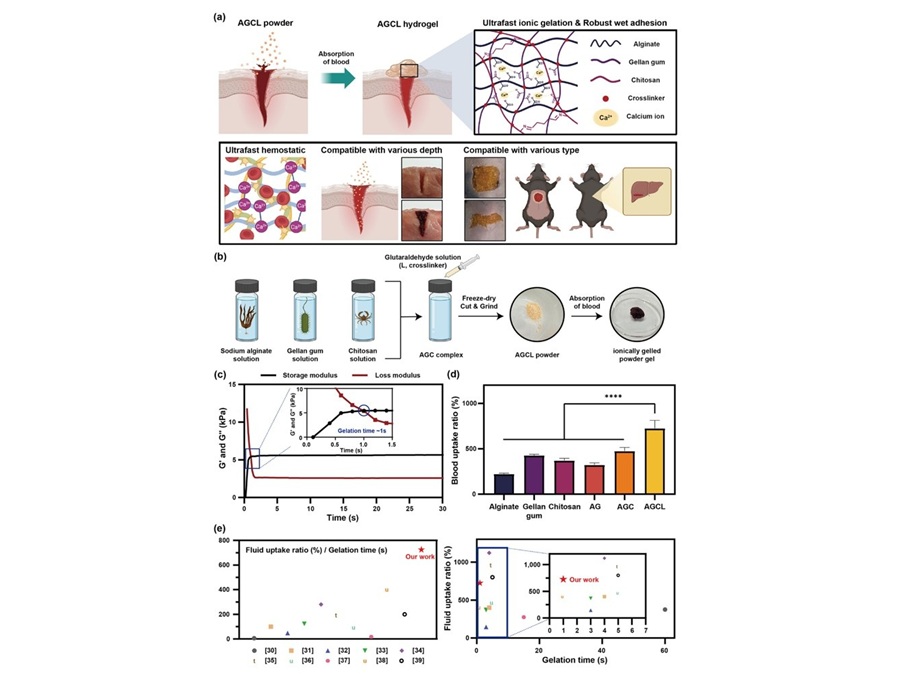
Sprayable Powder-Type Hemostatic Agent Stops Bleeding in One Second
Uncontrolled bleeding remains the leading cause of preventable death from injuries. Rapid blood loss can be fatal within minutes, especially when wounds are deep, irregular, or difficult to compress.... Read more
AI Model Helps Diagnose Often Undetected Heart Disease from Simple EKG
Coronary microvascular dysfunction is a common but elusive cause of chest pain that is frequently missed in emergency and outpatient settings. Unlike blockages in large coronary arteries, this condition... Read moreSurgical Techniques
view channel
AI Detects Stomach Cancer Risk from Upper Endoscopic Images
In many parts of the world, doctors must make complex clinical decisions with limited access to specialist support, advanced diagnostics, or pathology services. This is especially challenging in gastrointestinal... Read more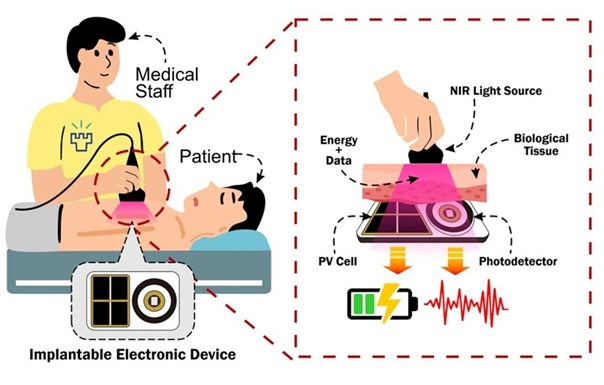
NIR Light Enables Powering and Communicating with Implantable Medical Devices
Implantable medical devices rely on wireless communication and long-lasting power sources to function safely inside the body, yet existing radio-based methods raise concerns around security, interference,... Read moreHealth IT
view channel
EMR-Based Tool Predicts Graft Failure After Kidney Transplant
Kidney transplantation offers patients with end-stage kidney disease longer survival and better quality of life than dialysis, yet graft failure remains a major challenge. Although a successful transplant... Read more
Printable Molecule-Selective Nanoparticles Enable Mass Production of Wearable Biosensors
The future of medicine is likely to focus on the personalization of healthcare—understanding exactly what an individual requires and delivering the appropriate combination of nutrients, metabolites, and... Read moreBusiness
view channel
Philips and Masimo Partner to Advance Patient Monitoring Measurement Technologies
Royal Philips (Amsterdam, Netherlands) and Masimo (Irvine, California, USA) have renewed their multi-year strategic collaboration, combining Philips’ expertise in patient monitoring with Masimo’s noninvasive... Read more
B. Braun Acquires Digital Microsurgery Company True Digital Surgery
The high-end microsurgery market in neurosurgery, spine, and ENT is undergoing a significant transformation. Traditional analog microscopes are giving way to digital exoscopes, which provide improved visualization,... Read more
CMEF 2025 to Promote Holistic and High-Quality Development of Medical and Health Industry
The 92nd China International Medical Equipment Fair (CMEF 2025) Autumn Exhibition is scheduled to be held from September 26 to 29 at the China Import and Export Fair Complex (Canton Fair Complex) in Guangzhou.... Read more












